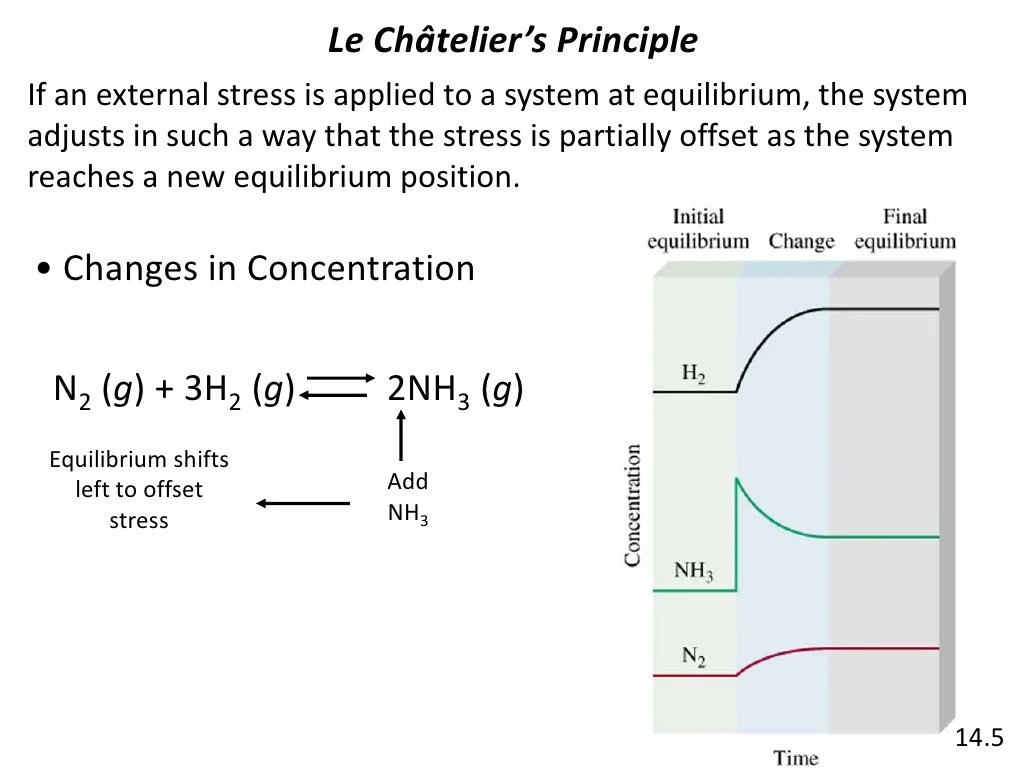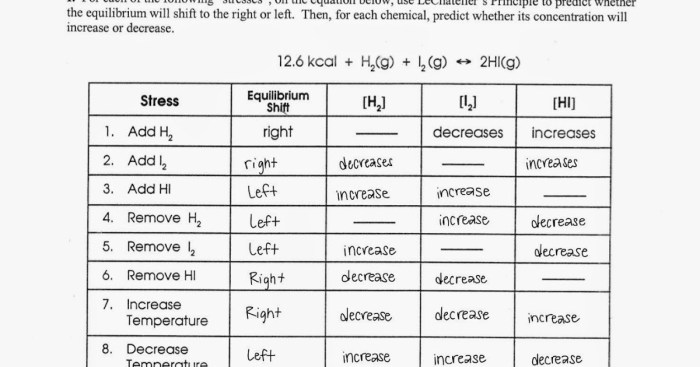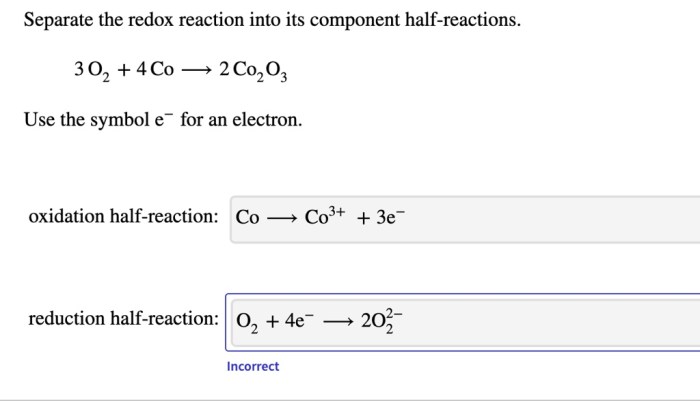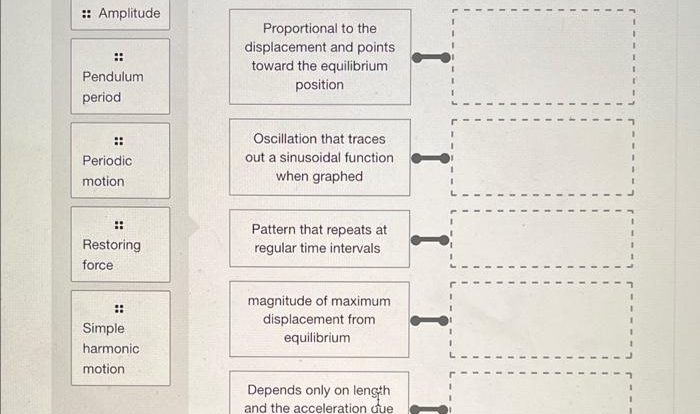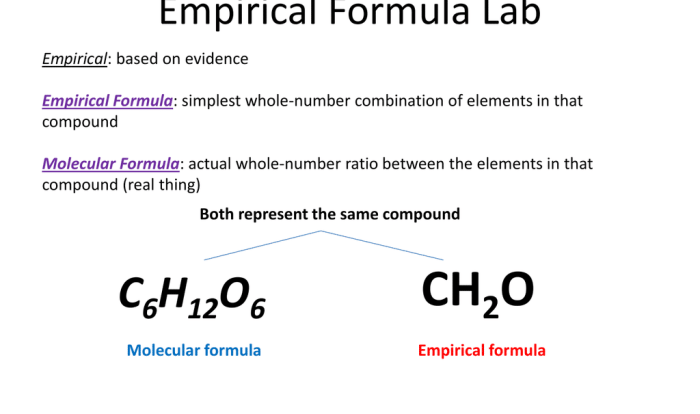Le Chatelier’s principle worksheet with answers provides a comprehensive exploration of the fundamental principles governing chemical equilibrium. This insightful resource delves into the intricacies of this critical concept, offering a detailed examination of its applications and implications.
Through a series of engaging practice problems and real-world examples, this worksheet empowers learners to grasp the nuances of Le Chatelier’s principle, enabling them to confidently predict the direction of chemical reactions under varying conditions.
Introduction to Le Chatelier’s Principle
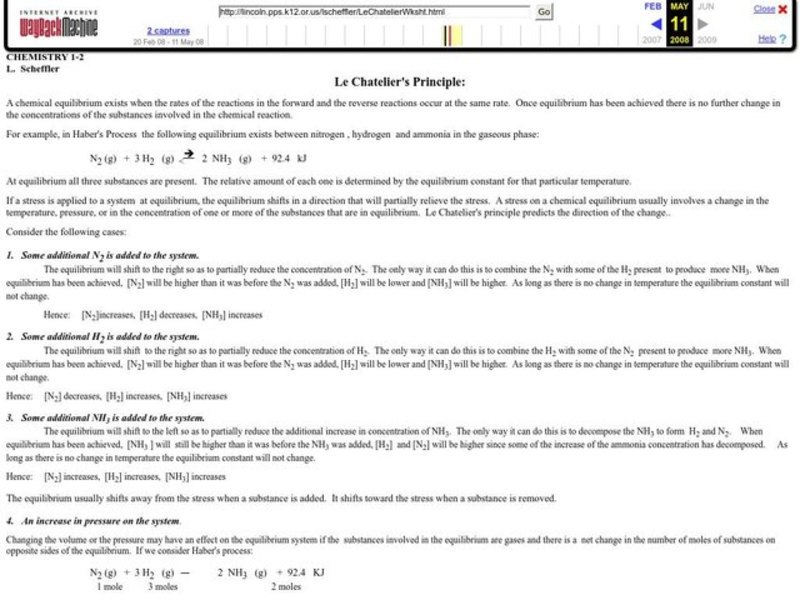
Le Chatelier’s principle is a fundamental concept in chemistry that describes the behavior of chemical systems at equilibrium. It states that if a change is made to a system at equilibrium, the system will shift in a direction that counteracts the change.
For example, if a reactant is added to a system at equilibrium, the system will shift to the product side to consume the added reactant. Conversely, if a product is added, the system will shift to the reactant side to produce more reactants.
Factors Affecting Equilibrium
Several factors can affect the equilibrium of a chemical system, including:
- Concentration: Changing the concentration of reactants or products will shift the equilibrium in the direction that consumes the added species.
- Temperature: Increasing the temperature of a system will shift the equilibrium towards the endothermic reaction (the reaction that absorbs heat).
- Pressure: Increasing the pressure of a system will shift the equilibrium towards the side with fewer moles of gas.
Applications of Le Chatelier’s Principle
Le Chatelier’s principle has numerous industrial applications, including:
- Production of ammonia: The Haber process uses Le Chatelier’s principle to shift the equilibrium towards the formation of ammonia by increasing the pressure and using a catalyst.
- Production of sulfuric acid: The contact process uses Le Chatelier’s principle to shift the equilibrium towards the formation of sulfuric acid by decreasing the temperature and using a catalyst.
Practice Problems, Le chatelier’s principle worksheet with answers
Problem 1: Consider the following reaction:
N2(g) + 3H 2(g) ⇌ 2NH 3(g) + heat
Predict the direction of the reaction if:
- More N2is added.
- The temperature is increased.
- The pressure is decreased.
Answer Key:
- Shifts to the right (product side).
- Shifts to the left (reactant side).
- Shifts to the left (reactant side).
Extensions
Comparison of Le Chatelier’s Principle with Other Equilibrium Principles:
| Principle | Description |
|---|---|
| Le Chatelier’s principle | Predicts the direction of a reaction when a change is made to a system at equilibrium. |
| Common ion effect | Predicts the solubility of a precipitate when a common ion is added. |
| Buffering | Predicts the pH of a solution when a strong acid or base is added. |
FAQ: Le Chatelier’s Principle Worksheet With Answers
What is Le Chatelier’s principle?
Le Chatelier’s principle states that if a change of condition is applied to a system in equilibrium, the system will shift in a direction that relieves the stress.
How can Le Chatelier’s principle be used to predict the direction of a reaction?
By considering the changes in concentration, temperature, and pressure, Le Chatelier’s principle can be used to predict the direction in which a reaction will shift to re-establish equilibrium.
What are some industrial applications of Le Chatelier’s principle?
Le Chatelier’s principle finds applications in various industrial processes, such as the Haber process for ammonia production and the Contact process for sulfuric acid production.
